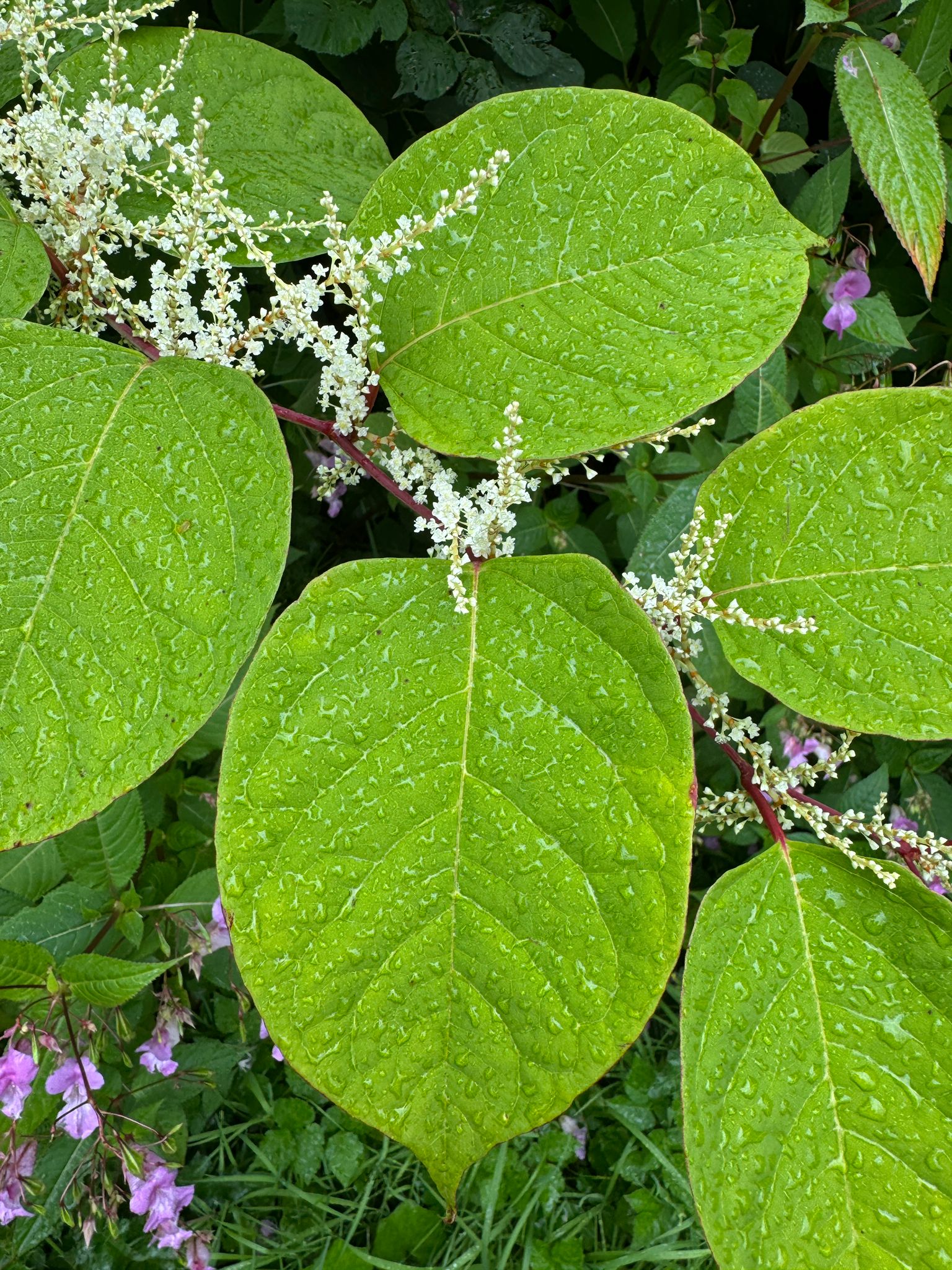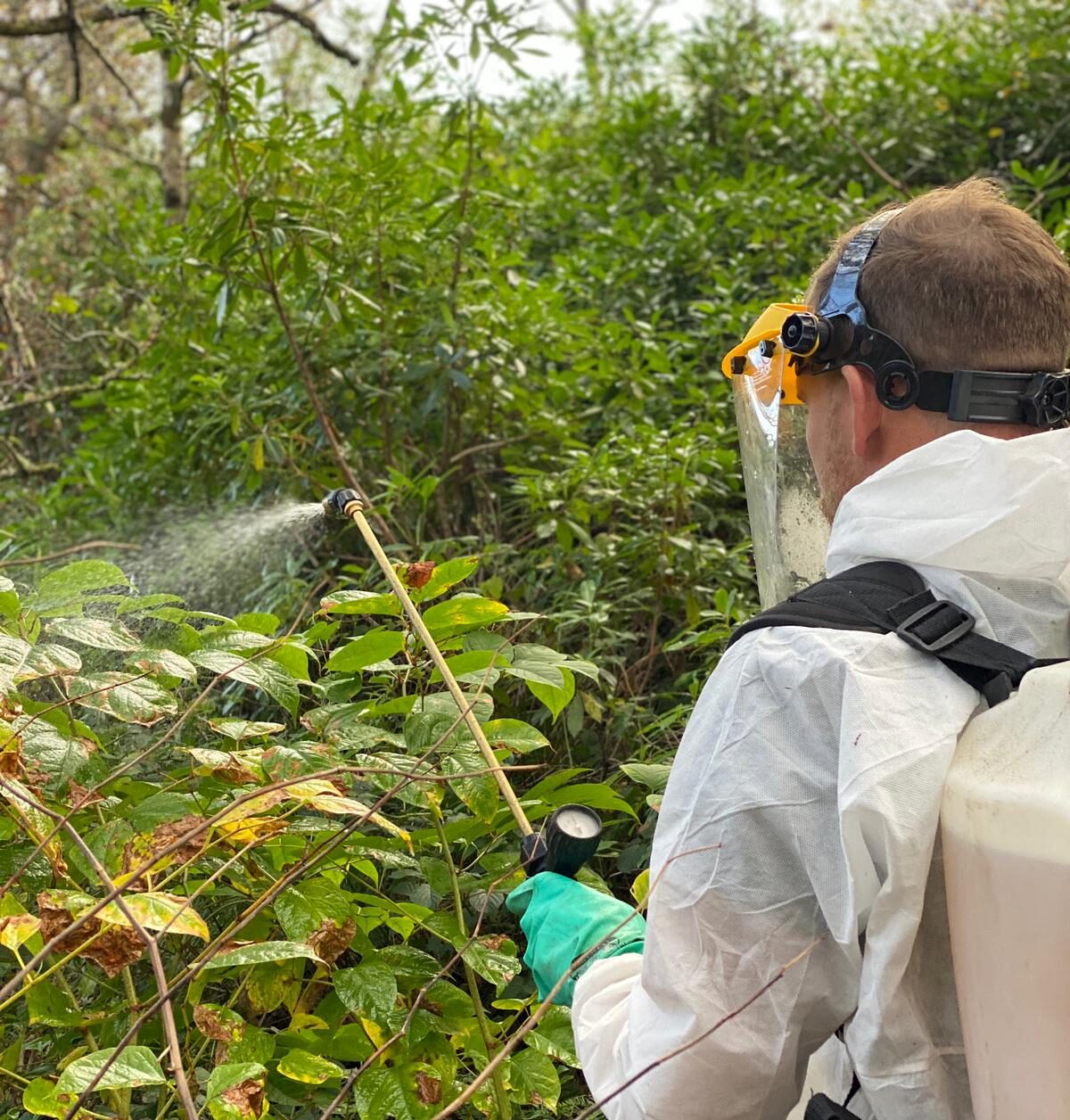Field Horsetail
Fast, professional Field Horsetail treatment across Scotland. JBB Knotweed Solutions safely removes invasive weeds for homes, businesses & developers.
What is Field Horsetail?
Field Horsetail (Equisetum arvense) is an aggressive, deep-rooted invasive plant species known for its tall, hollow stems and brush-like appearance. It can grow up to 1 – 2 feet tall and is often mistaken for grass or ferns.
A closely related species, Marestail (Hippuris vulgaris), is typically found near or in water and poses similar challenges.
Originally introduced to the UK from Europe during the 18th century for ornamental use, Field Horsetail has since spread rapidly and now poses a significant ecological and structural risk across Scotland. This tenacious weed thrives in damp environments such as riverbanks, roadsides, railway embankments, and disturbed ground.
How Does Field Horsetail Spread?
Field Horsetail spreads primarily through its extensive underground rhizome system. Even the smallest fragment of root left in the soil can regenerate, making it notoriously difficult to eradicate without professional help. It also produces spores in spring which are dispersed long distances in the wind contributing to its spread.
Once established, Field Horsetail can quickly overtake landscapes, crowding out native plants, damaging habitats, and presenting challenges to construction and landscaping projects.
Issues Caused by Field Horsetail
Is Field Horsetail Harmful?
While not toxic to humans or animals, Field Horsetail is considered harmful due to its aggressive growth, deep-rooted structure, and resistance to common weed killers. Left untreated, it can:
- Undermine hard surfaces such as driveways, patios, and paving
- Obstruct drainage and infrastructure
- Delay construction schedules
- Compromise ecological balance by displacing native species
Identification of Field Horsetail Throughout the Year
Seasonal Growth Cycle
Spring
Shoots emerge rapidly with brown, cone-like structures that release spores.
Summer
Dense, green, brush-like foliage appears, making identification easier.
Autumn
Growth begins to die back, though rhizomes remain active underground.
Winter
Above-ground growth disappears, but roots remain dormant and ready to reshoot.
Detailed Field Horsetail Plant Characteristics
- Stems: Hollow, jointed, and ribbed with a rough texture.
- Leaves: Tiny and scale-like, forming whorls around each joint.
- Flowers: Field Horsetail does not flower in the traditional sense; it reproduces via spores.
- Seeds: Not applicable; reproduction is by spores and rhizomes.
- Roots: Extensive, deep rhizome network capable of penetrating several metres underground.
Treatment and Control of Field Horsetail
How to Remove Field Horsetail Safely
Due to its resilient nature, Field Horsetail and Marestail requires expert identification, a tailored management plan, and the right treatment methods. At JBB Knotweed Solutions Ltd, we specialise in the safe and effective control of Field Horsetail across Scotland. Our expert team provides industry-accredited solutions that are environmentally responsible and compliant with legislation.
Book a site survey today to begin your journey towards a Field Horsetail-free environment.
Our Treatment Methods
We offer tailored treatment programmes to suit your needs—whether you’re a homeowner, commercial developer, public sector client, or civil engineering contractor.
- Herbicidal Treatment: A targeted application of specialist herbicides over multiple growing seasons, ensuring systemic reach into the root network.
- Mechanical or Manual Removal: Where appropriate, excavation or physical removal is carried out with care to avoid regeneration.
Book a Survey
We can tell you if you definitely have Field Horsetail on your property and recommend the best course of action.
More from JBB Knotweed Solutions



